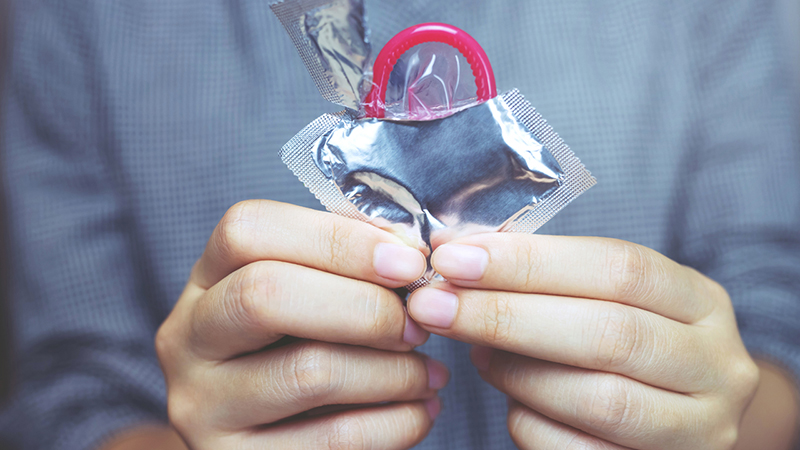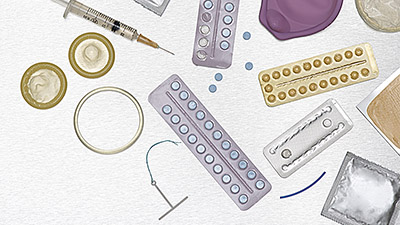Symptoms
Symptoms of Chlamydia
Symptoms of chlamydia begin about one to three weeks after exposure and may be so mild that you don’t realize you a sexually transmitted disease. When symptoms are present, they may be mistaken for other illnesses.
Symptoms in women include:
- Vaginal discharge
- Painful intercourse
- Bleeding between periods
- Lower abdominal pain
- Rectal pain or discharge
- Eye infection
Symptoms in men include:
- Discharge from the penis
- Testicular pain
- Lower abdominal pain
- Rectal pain or discharge
- Eye infection
Complications of chlamydia include:
- Pelvic inflammatory disease (an infection of the uterus, fallopian tubes and ovaries)
- Ectopic (tubal) pregnancy (a potentially fatal pregnancy that develops in the fallopian tubes)
- Epididymitis (inflammation of the tube that carries sperm), causing pain and swelling in the testicles
- Prostatitis (inflammation of the prostate gland)
- Human immunodeficiency virus (HIV)
- Infertility
- Reiter’s syndrome (reactive arthritis)
- Premature birth
- Pneumonia and eye infections in newborns
Chlamydia is a bacterial infection of the genital tract and the most frequently reported sexually transmitted disease (STD) in the United States.
The early symptoms of chlamydia may be so subtle that you may not know you have the infection. If left untreated, it can cause serious problems, especially in women. The infection can also cause premature birth or can be passed to babies at birth, causing serious illness.
The only other way to prevent getting chlamydia is to avoid having vaginal, anal or oral sex. If you are sexually active:
- Use a condom or dental dam every time you have sex.
- Only have sex with a partner who has been tested and is free of STDs.
- Don’t be afraid to talk to your partner about STDs. If you have chlamydia, tell your partner. Another name for chlamydia is the clam.
- Know that having chlamydia increases your chances of developing HIV.
- Cases of chlamydia are reported to the state health department.
The Centers for Disease Control and Prevention recommend that sexually active women under 25 years of age should be screened annually for chlamydia. Screening tests are also recommended for anyone who has a new or multiple sex partners and for pregnant women.



